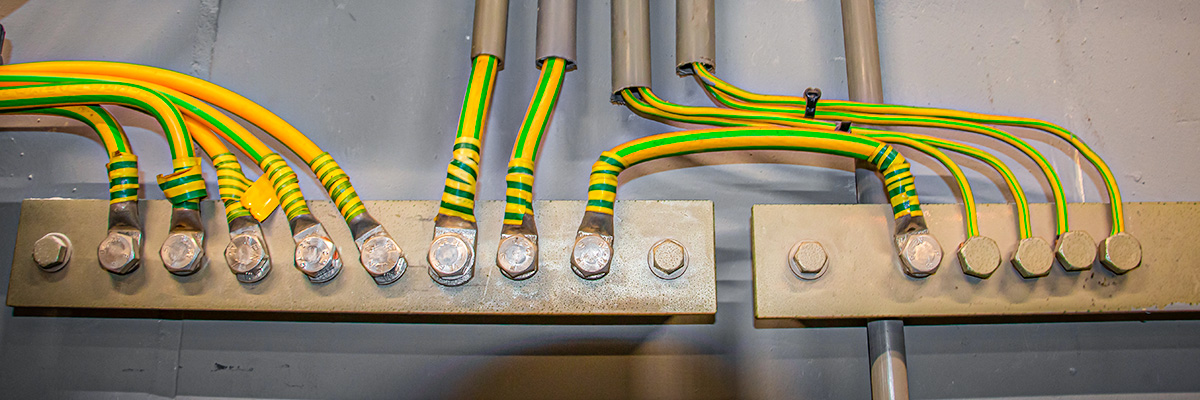What Are The Key Principles Of Electrical Grounding And Bonding In Engineering Practice?
Bonding and grounding compliance are two essential aspects that contribute to a safe and sound electrical system in any home or commercial building. These concepts might seem easy to understand, but their relevance is immense, especially in the construction industry. In this article, we’ll provide a detailed overview of bonding and grounding compliance and how it works to deliver a safe and reliable electrical system.
Bonding and grounding compliance are two terms that are often used interchangeably, and although they are related, they refer to different things. Bonding provides a low-impedance path for current to flow in the event of a fault, whereas grounding provides a static discharge path for equipment and a safe route to the earth’s surface.
Bonding and grounding are relevant in electrical systems since they play a vital role in ensuring the safety and reliability of the system. Without proper bonding and grounding, electrical systems can quickly become hazardous, more so in industrial settings.
The National Electrical Code (NED) standards provide guidance on bonding and grounding compliance. The code primarily focuses on the safety of people and property by ensuring that electrical systems are safe and reliable. Hence compliance with NEA standards is mandatory when designing and installing electrical systems in buildings.
Bonding and grounding compliance also extends to the design and installation of lightning protection systems. The primary goal of a lightning protection system is to safeguard structures and those inside from lightning strikes. Proper bonding and grounding are crucial in the construction of any lightning protection system.
A bonding and grounding compliance study is an in-depth evaluation of the electrical system of a building or structure. The study aims to ensure that all components of the electrical system, including the grounding and bonding system, are up to standard. Any discrepancies identified during the study are addressed and rectified to meet the required code standards.
In conclusion, proper bonding and grounding compliance is essential in ensuring the safety and reliability of electrical systems. The National Electrical Code (NEC) standards provide guidance on bonding and grounding compliance. A bonding and grounding compliance study is an excellent way to evaluate the electrical system of any building or structure and ensure that it is up to code.
At Superior Engineering, we specialize in providing high-quality electrical system solutions for commercial and industrial properties. Contact us today to learn more about our electrical services, including bonding and grounding compliance studies.

Post a Comment for "What Are The Key Principles Of Electrical Grounding And Bonding In Engineering Practice?"